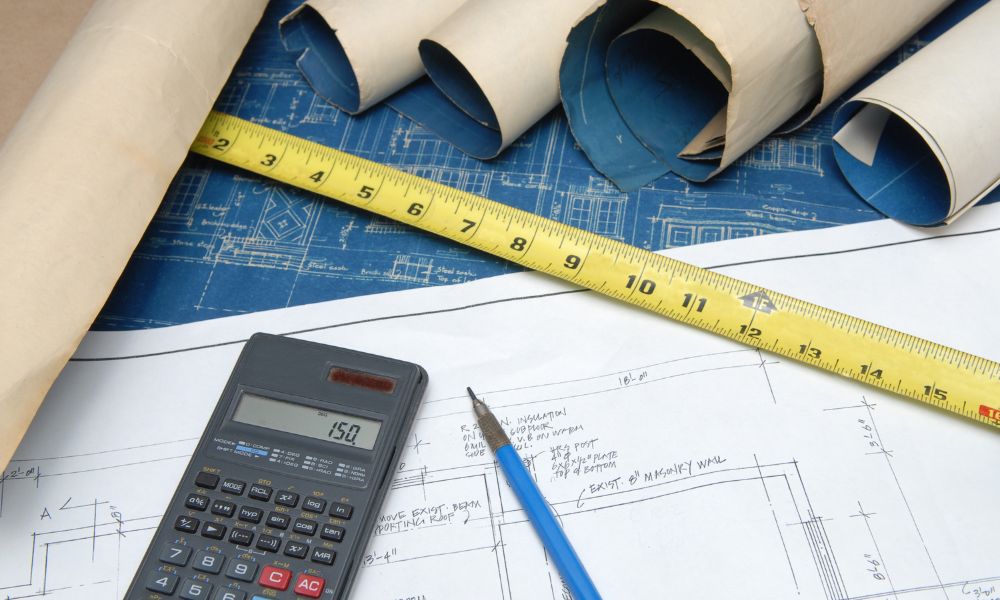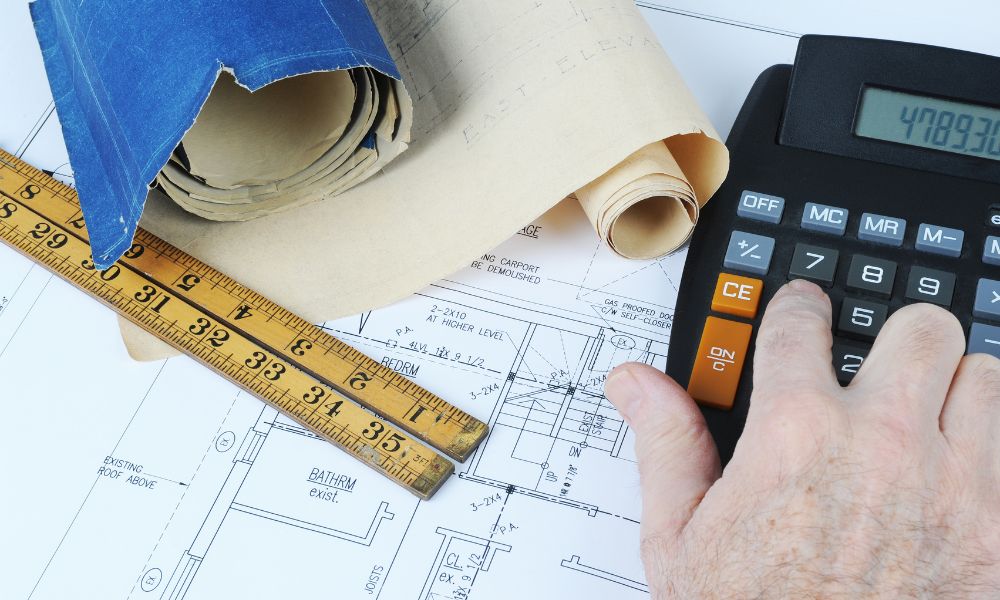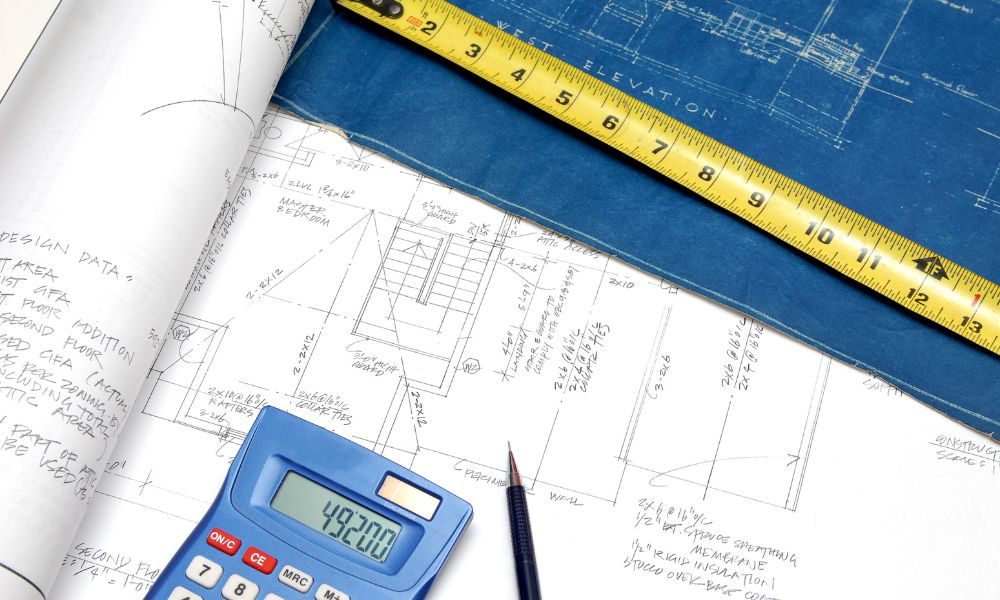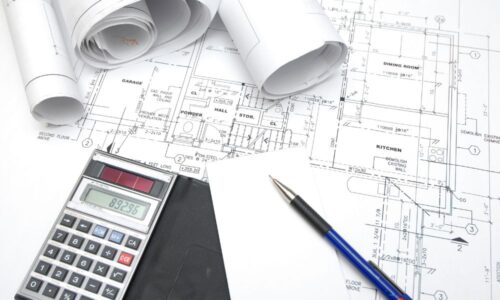In the world of construction, cost estimating is one of the most critical tasks for ensuring a project’s success. Accurate cost estimates help contractors, project managers, and clients understand the true financial scope of a project, avoid cost overruns, and ensure that all necessary resources are allocated correctly. However, with various factors influencing material prices, labor rates, and timelines, construction estimating can be a complex and challenging process.
In this comprehensive guide, we’ll explore the key tools, tips, and emerging trends in construction cost estimating, helping you streamline your process and improve accuracy.
What is Construction Cost Estimating?
Construction cost estimating is the process of forecasting the total cost required to complete a construction project. This includes the cost of materials, labor, equipment, and any additional expenses such as permits or fees. The goal of cost estimating is to provide a clear and detailed financial overview of the project, helping stakeholders plan and allocate resources effectively.
There are several types of construction estimates, each serving different purposes depending on the project’s stage:
Preliminary Estimates: Created during the early stages of the project to provide a rough budget figure.
Detailed Estimates: These are based on specific project plans and specifications, offering an in-depth breakdown of costs.
Bid Estimates: These are submitted by contractors during the bidding phase and reflect the actual costs required to complete the project.

Key Components of Construction Cost Estimating
A reliable construction estimate includes several key components. Understanding these factors can help you develop more accurate estimates:
Materials
Material costs often make up a significant portion of the total project cost. Accurate estimates require a detailed understanding of the quantities and prices of the materials needed for the project. This includes everything from concrete and steel to smaller items like nails, screws, and adhesives.
Labor
Labor costs depend on the number of workers required, the hours needed to complete the job, and the wage rates in the project’s location. Estimating labor accurately also requires consideration of overtime, holidays, and potential delays.
Equipment
If your project requires specialized equipment, such as cranes, bulldozers, or scaffolding, it’s important to account for rental costs, operating expenses, and maintenance.
Overhead and Profit
In addition to direct costs, contractors must account for overhead expenses, including office operations, insurance, and permits. It’s also important to include a margin for profit to ensure the project remains financially viable.
Contingencies
Every construction project comes with unforeseen risks and challenges. Including a contingency fund in your estimate helps account for unexpected costs, such as weather delays, material shortages, or design changes.

Tools for Construction Cost Estimating
With advancements in technology, cost estimating has become much more efficient and accurate. Today, several software tools and platforms help contractors streamline the process and eliminate human errors. Here are some of the best tools for construction cost estimating:
Bluebeam Revu
Bluebeam Revu is one of the most widely used tools for takeoff and estimation. It allows contractors to perform quantity takeoffs, generate reports, and collaborate in real time. Bluebeam simplifies the process of measuring from digital blueprints, ensuring precise material estimates.
PlanSwift
PlanSwift automates material takeoff and allows users to create detailed estimates by dragging and dropping items onto digital plans. It integrates with Excel, making it easy to export data and generate customized reports.
Buildertrend
Buildertrend is a construction project management platform with built-in estimating features. It allows contractors to create estimates, track costs, and manage project schedules in one place, making it easier to stay organized and within budget.
ProEst
ProEst is a cloud-based estimating software that helps contractors perform accurate cost calculations, manage bids, and create detailed reports. It also integrates with project management tools, allowing seamless coordination across teams.
Tips for Accurate Construction Cost Estimating
While software tools can help streamline the estimating process, there are several best practices that estimators should follow to ensure accuracy. Here are some essential tips for improving your construction cost estimates:
Break the Project Down into Sections
To improve the accuracy of your estimates, break the project down into smaller, manageable sections. This approach helps ensure that you capture all necessary details and avoids the risk of overlooking critical items.
For example, separate the project into phases such as foundation work, framing, roofing, and interior finishes. By estimating each section individually, you’ll have a clearer understanding of the total project cost.
Use Historical Data
When creating estimates, it’s helpful to refer to data from past projects. Historical data provides insights into actual costs, helping you make more informed decisions. By comparing current estimates with previous projects of similar scope and size, you can identify any discrepancies and adjust accordingly.
Account for Price Fluctuations
Material prices can fluctuate due to factors such as supply chain disruptions, inflation, or seasonal demand. When creating your estimates, it’s important to account for these variations. Consider including a buffer to protect against unexpected price increases.
Get Multiple Supplier Quotes
To ensure that you’re getting the best deal on materials, always get multiple quotes from different suppliers. This not only helps you find the most competitive prices but also allows you to identify potential shortages or lead times that could impact your project schedule.
Factor in Project-Specific Risks
No two projects are exactly alike, and each one comes with its own set of challenges and risks. Consider factors such as weather conditions, site accessibility, and local labor markets when creating your estimate. Including a contingency fund for unforeseen risks is essential for avoiding budget overruns.
Emerging Trends in Construction Cost Estimating
The construction industry is rapidly evolving, and new trends are shaping the way cost estimating is performed. Staying up-to-date with these trends can help contractors improve their estimates and stay competitive in the market. Here are some of the top trends to watch:
AI and Machine Learning in Estimating
Artificial intelligence (AI) and machine learning are transforming construction estimating by automating complex calculations and identifying patterns in project data. AI-powered tools can analyze historical data, predict material quantities, and improve the accuracy of estimates over time. These technologies also help estimators identify risks and optimize resource allocation.
Cloud-Based Estimating Solutions
Cloud-based estimating software allows teams to collaborate in real time, ensuring that everyone has access to the latest project data. This is particularly valuable for large-scale projects involving multiple teams across different locations. Cloud-based solutions also provide enhanced security and data backups, reducing the risk of data loss.
BIM Integration
Building Information Modeling (BIM) is a digital representation of a building’s physical and functional characteristics. Integrating BIM with estimating software allows contractors to generate more accurate estimates based on 3D models. BIM integration also helps improve collaboration among architects, engineers, and contractors, reducing errors and ensuring that estimates reflect the most up-to-date project details.
Sustainability and Green Building
Sustainability is becoming a key focus in the construction industry, and it’s impacting the way estimates are created. More projects are prioritizing green building practices, and contractors are increasingly required to account for sustainable materials and energy-efficient systems in their estimates. This trend is driving demand for estimators who understand how to incorporate eco-friendly solutions into their cost calculations.
How Professional Estimating Services Improve Accuracy
For many contractors, outsourcing estimating tasks to professional estimating services is a smart investment. Professional estimators bring a wealth of experience and industry knowledge, ensuring that all project costs are accounted for and that estimates are as accurate as possible. Here are some benefits of using professional estimating services:
Expertise: Professional estimators have specialized knowledge of materials, labor markets, and local pricing trends, allowing them to create more accurate estimates.
Time Savings: Outsourcing estimating allows contractors to focus on other aspects of project management, while professional estimators handle the complex task of cost calculation.
Risk Mitigation: Professional estimators account for contingencies and potential risks, helping contractors avoid budget overruns and costly mistakes.
How Measure Manage Can Help with Accurate Construction Cost Estimating
At Measure Manage, we specialize in providing accurate construction cost estimating services to contractors and project managers. Our team uses advanced tools like Bluebeam Revu and PlanSwift to deliver precise estimates for both residential and commercial projects. We ensure that all project costs are accounted for, including materials, labor, and contingencies, helping you avoid costly mistakes and keep your project on track.
Whether you’re working on a small home renovation or a large-scale infrastructure project, Measure Manage can provide detailed and reliable cost estimates tailored to your needs.
Accurate Estimating is Key to Construction Success Accurate construction cost estimating is essential for ensuring that projects stay on budget and on schedule. By using advanced tools, leveraging historical data, and staying up-to-date with emerging trends, contractors can improve the accuracy of their estimates and avoid costly overruns. For contractors looking to streamline their estimating process and ensure precision, Measure Manage offers expert estimating services designed to meet the unique needs of each project.




